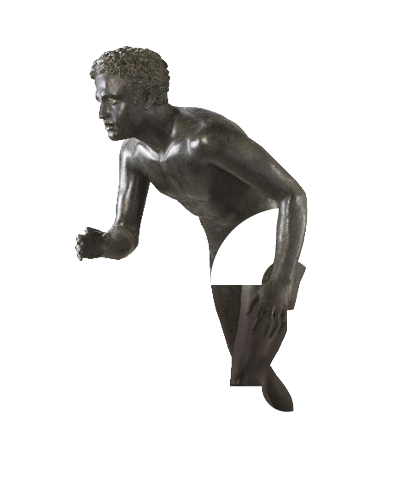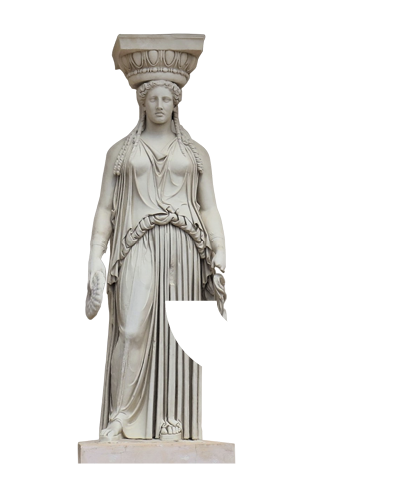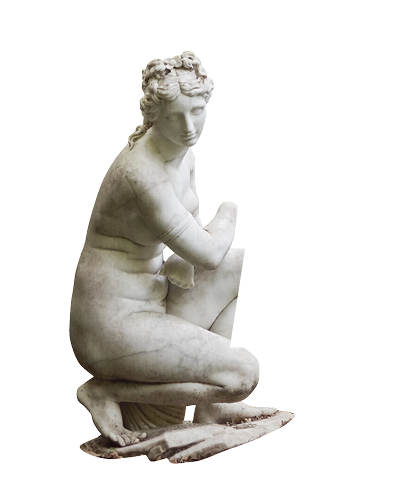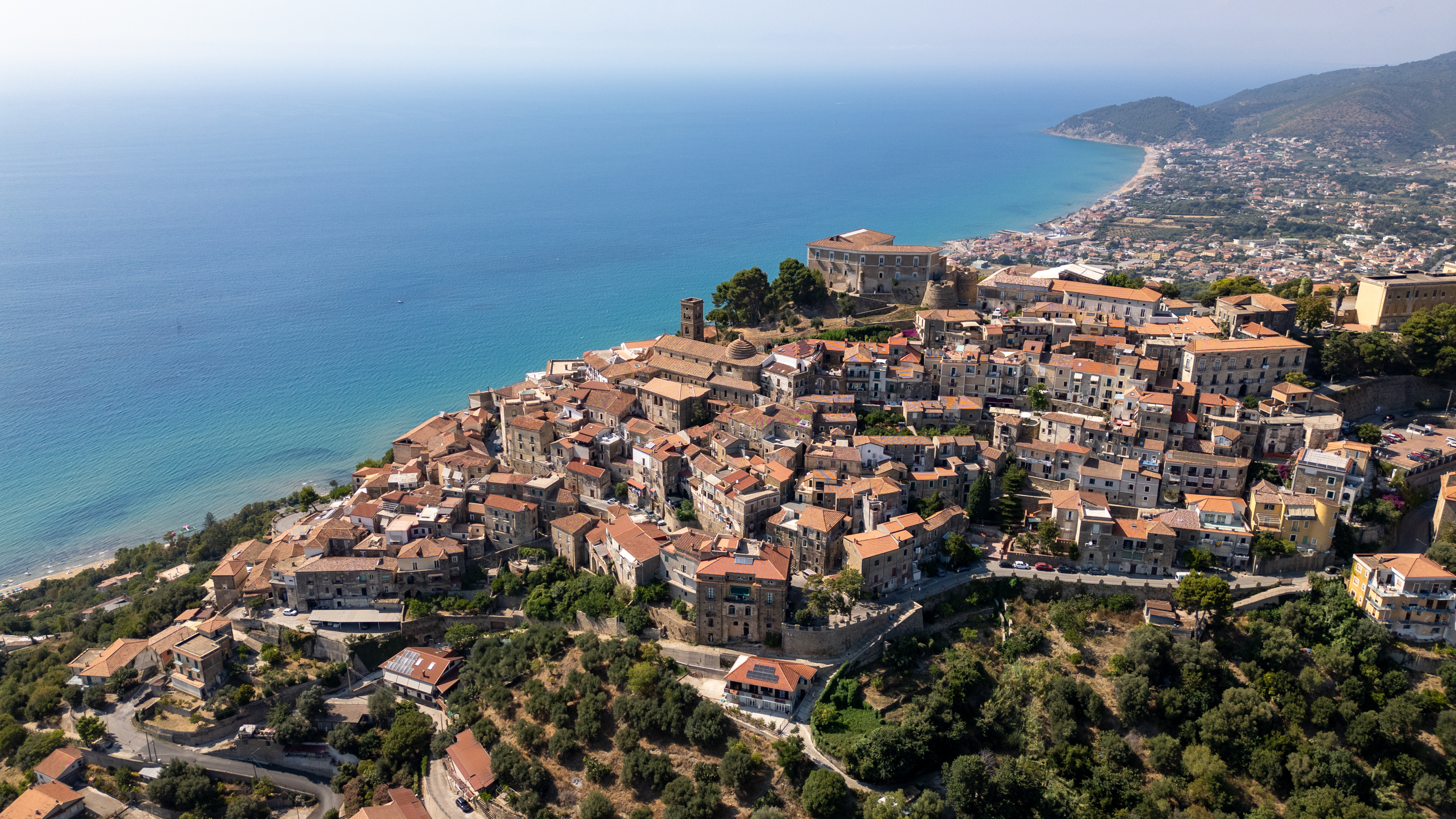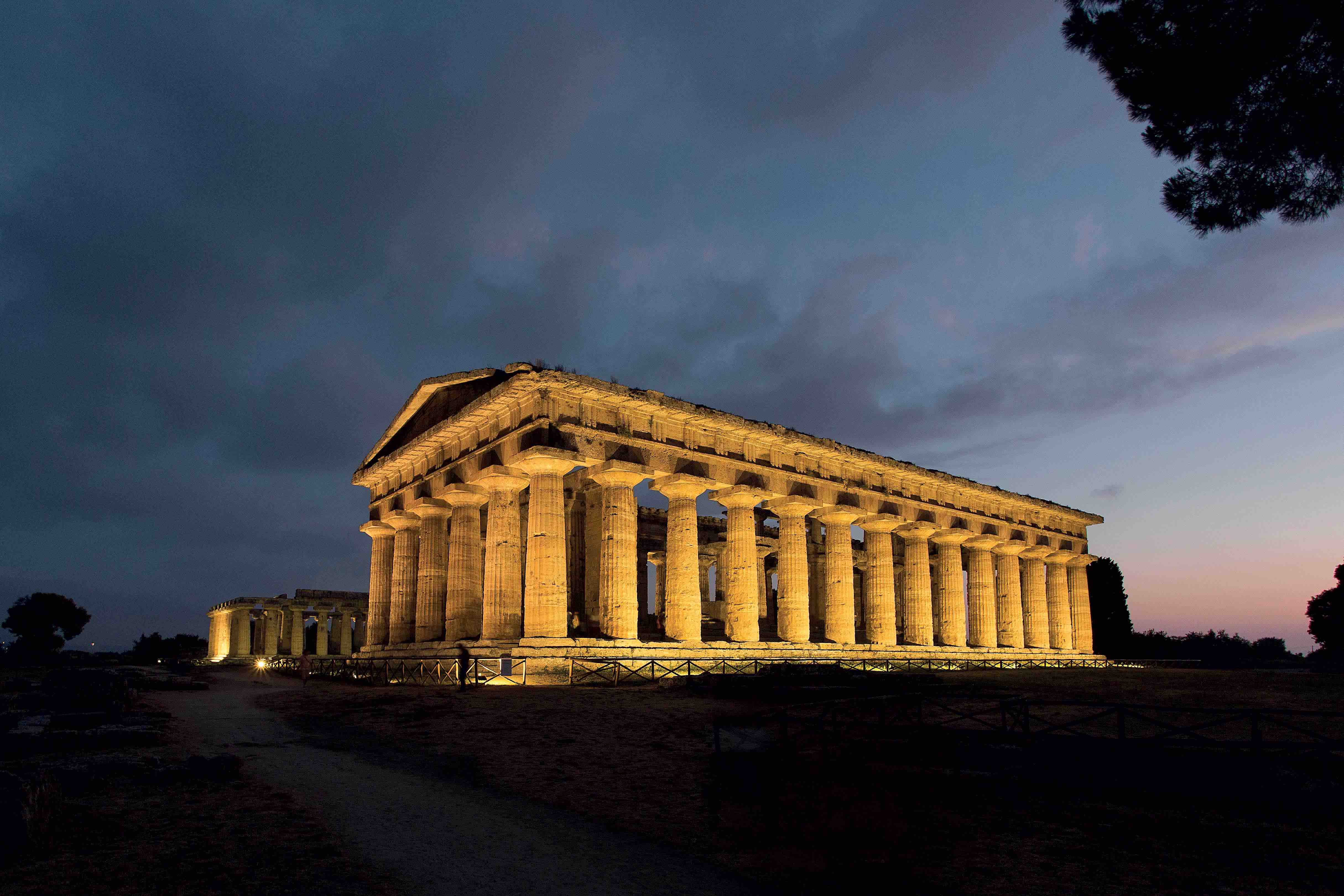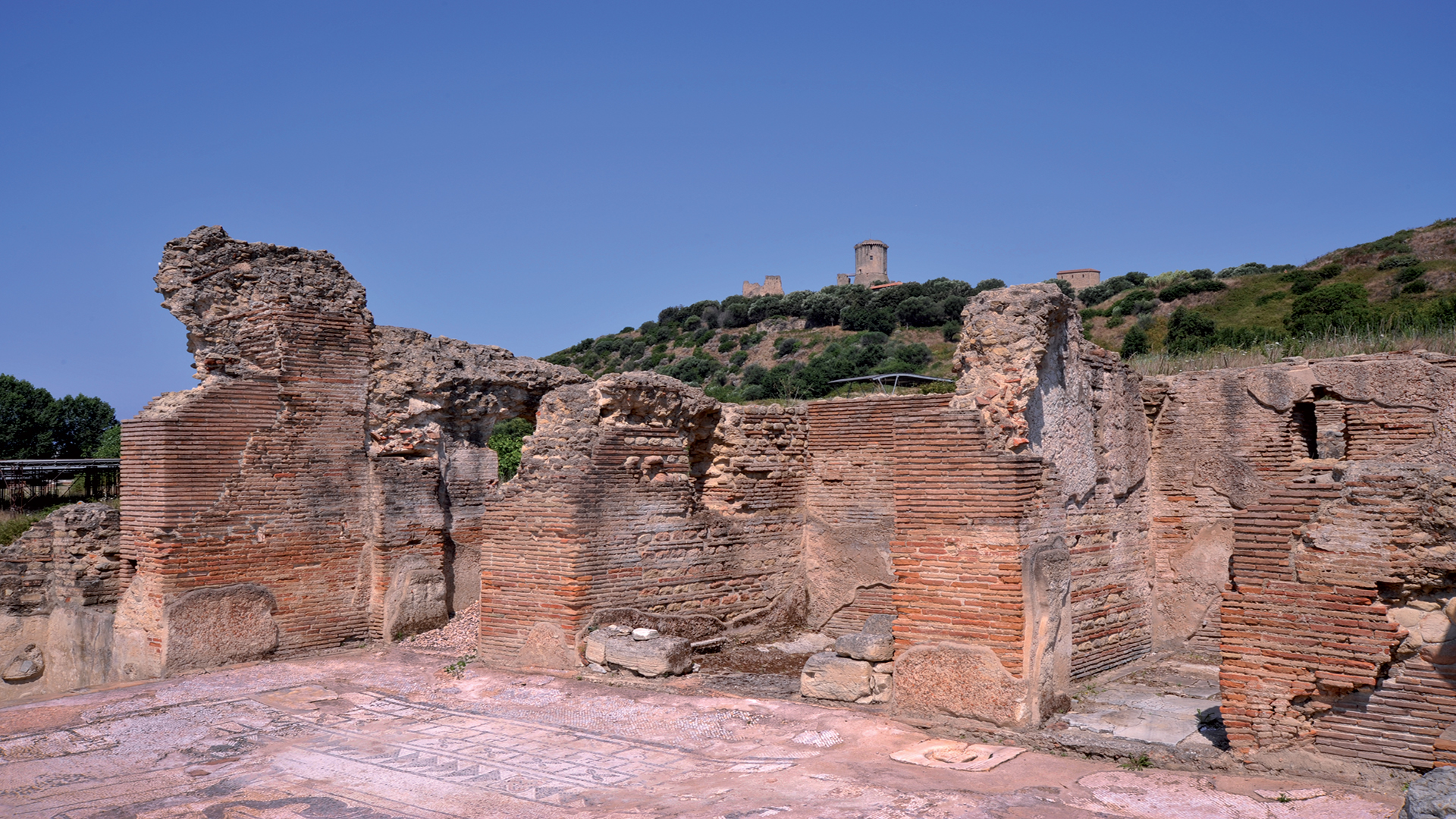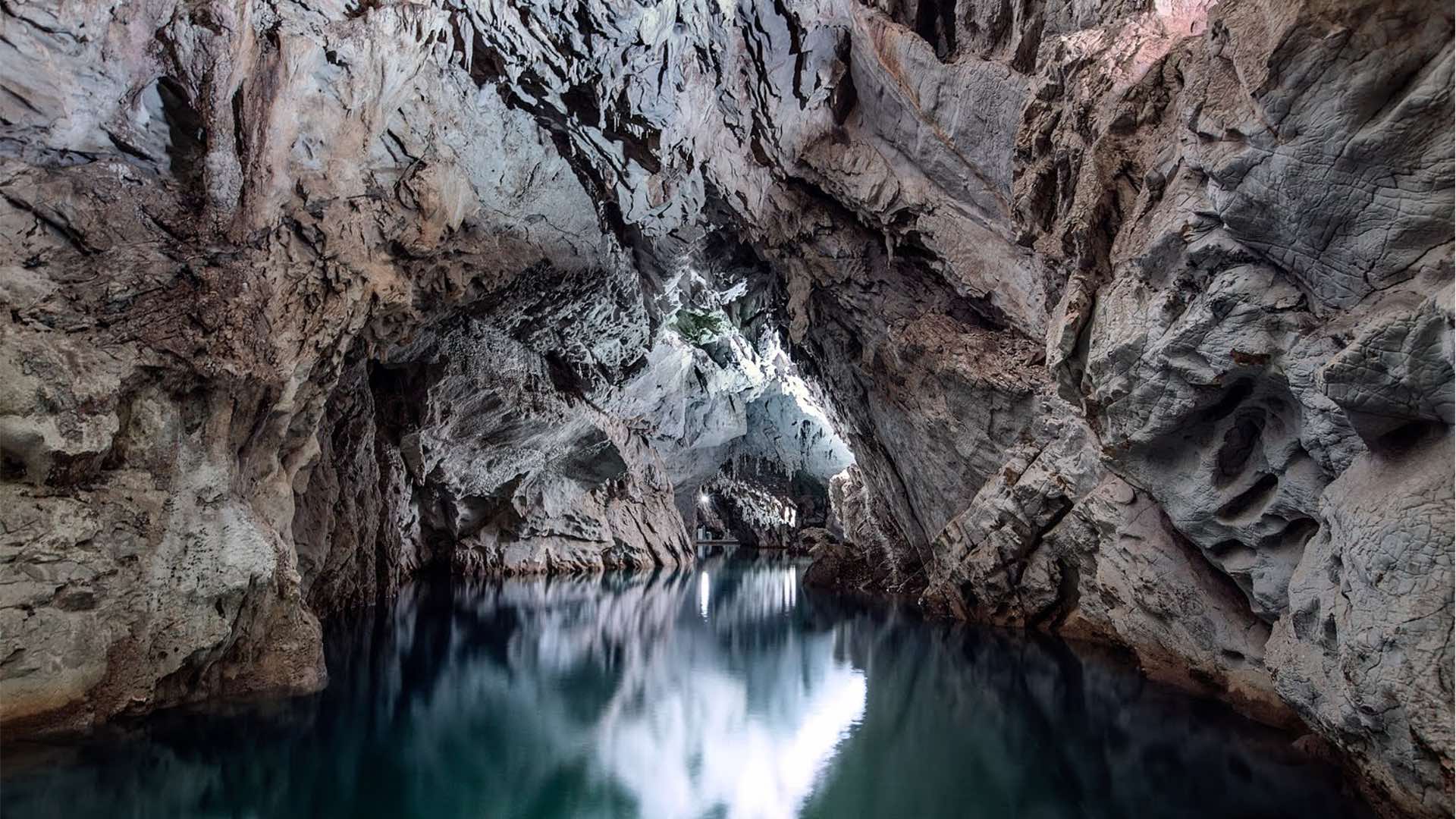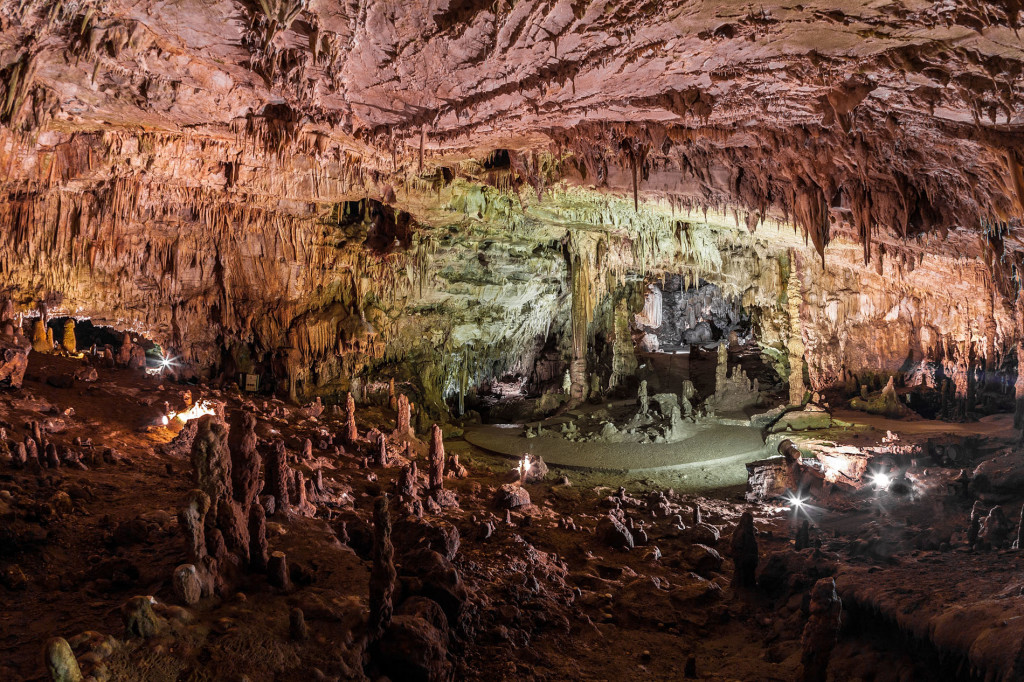In Cilento with Lonely Planet
Validity
3 gg.
UNESCO World Heritage Site since 1998 and Geopark since 2010
This itinerary, created in collaboration with Lonely Planet and included in their "Campania Special" article, is designed to immerse you in the heart of Cilento and its cultural and natural heritage, exploring Cilento, Vallo di Diano and the Alburni National Park, the second largest protected park in Italy.
Starting from Salerno, you'll cross centuries of history as you visit the archaeological sites of Paestum and Velia and the spectacular Charterhouse of San Lorenzo in Padula, all recognized as UNESCO World Heritage Sites. Cilento is much more than a destination: it is a way of life. Here time flows with the slowness of the Mediterranean diet, also a UNESCO World Heritage Site, and with the depth of thought of the Eleatic philosophy, born in Elea-Velia, where Zeno and Parmenides shaped Western thought.
Be amazed by the alternation of mountains, caves and wild coasts: from the suggestive caves of Pertosa-Auletta and Castelcivita to the two marine protected areas of Santa Maria di Castellabate and Costa degli Infreschi and Masseta, where the blue of the sea meets the wild spirit of those who love adventure. Even more magical are the historic villages nestled among the mountains or overlooking a sea with a Blue Flag, including Teggiano and Castellabate, listed among the most beautiful villages in Italy.
Discover all the stops!
Visit the cultural sites of this intinerary with:
Details
Duration: at least 3 days
Trail: about 250 km
List of places
- Salerno
- Paestum and Velia archaeological parks
- Teggiano and Castellabate
- Certosa of Padula
- Caves of Pertosa-Auletta and Castelcivita
1
Salerno
Salerno is an ideal starting point for exploring Cilento, with seamless connections to Naples via high-speed rail. The alleys of the city lead to the Minerva Garden, an ancient medieval botanical garden, where visitors can unwind amidst fragrances, fountains, and spectacular vistas. The Norman Cathedral, with its 13th-century mosaics, offers a glimpse into the early Christian wonders of Ravenna.
Must-see: a visit to the crypt.
2
Parco Nazionale del Cilento, Vallo di Diano ed Alburni
The National Park of Cilento, Vallo di Diano and Alburni is the second largest in Italy, stretching from the Tyrrhenian coast to the Apennines. A UNESCO World Heritage Site, it contains historical sites such as Paestum, Velia and the Charterhouse of Padula, as well as villages and evidence of ancient civilizations. Recognized as a Geopark and Biosphere Reserve, it boasts an extraordinary biodiversity, natural caves and the characteristic Cilento flysch. The Mediterranean diet, born here, is an intangible heritage of UNESCO. A unique territory where nature and culture are intertwined in a breathtaking landscape.
Must-see: The Mediterranean Diet was born in Pollica. Don't miss a tour of this small village and the Museum of the Mediterranean Diet in Pioppi
3
Parco Archeologico di Paestum
Visit the Archaeological Park of Paestum with Campania>Artecard, one of the world's most valuable archaeological sites and UNESCO World Heritage Site. It is home to Doric temples built by the Greeks between the 6th and 5th centuries BC, which, alongside those of Agrigento and Athens, are among the best-preserved.
Must-see: the frescoes of the Tomb of the Diver, in the halls of the Paestum Archaeological Museum
4
Parco Archeologico di Velia
Visit the ancient city of Elea-Velia with Campania>Artecard, founded in the mid-6th century BC by Greek exiles and renowned as the birthplace of two great philosophers, Parmenides and Zeno, the founders of the Eleatic school of philosophy.
Must-see: “Porta Rosa,” the oldest example of a round arch in Italy.
5
Certosa di San Lorenzo
Visit the Certosa di San Lorenzo in Padula, the largest monastic complex in Southern Italy and one of the most important architectural and artistic sites in Europe. It was designated as UNESCO World Heritage Site in 1998.
Must-see: the large elliptical double-ramp staircase, which joins the two levels of the Great Cloisters.
6
Grotte di Pertosa-Auletta
Visit the Pertosa-Auletta Caves with Campania>Artecard, located in the Cilento National Park. These are the only caves in Italy where visitors can navigate an underground river, the Negro River, and the only ones in Europe to preserve the remains of a pile-dwelling village dating back to the 2nd millennium BC.
Must-see: a visit to the Underground Museum, a unique museum in Italy with few counterparts in the rest of the world.
